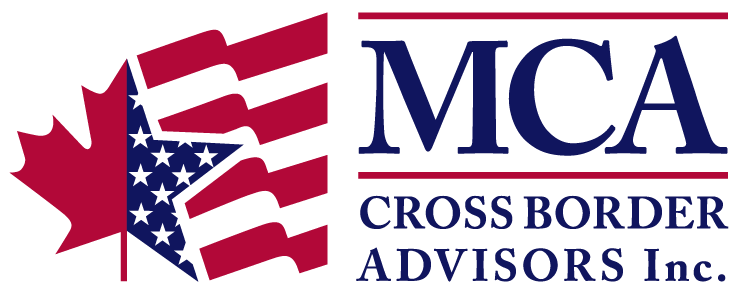Matt C. Altro was recently interviewed by Julius Melnitzer for an article which appeared in the Financial Post section of the National Post. In the article, Matt addresses the changes that will allow Canada and the US to accurately track the number of days spent by Canadians in each country, to ensure that the tax and immigration laws are being respected. The article can be found below or at this link and includes information on the number of days Canadians may spend in the US.
Border shakeup could have tax consequences for snowbirds
Julius Melnitzer
Financial Post
March 11, 2014
Canadian and U.S. authorities are about to make a dramatic shift in the way they determine the residency of individuals who split their time between both countries, and snowbirds unprepared for the changes could face serious tax consequences.
“The goal is to make Canadians live up to the rule against spending more than six months in the U.S.,” says Matt Altro, chief executive of Montreal-based MCA Cross Border Advisors Inc [affiliated entity of Altro Levy LLP].
The changes are part of the Entry-Exit Initiative and the Perimeter Security and Competitiveness Action Plan, a larger cooperative effort between the U.S. and Canada that was announced in February 2011.
As of June 30, travellers will be required to swipe passports both when they enter and when they depart each country. Canada and the U.S. will share the information.
The new system clamps down on Canadian snowbirds accustomed to playing fast and loose with residency rules. Currently, Canadians have been required to self-report their time out of the country and their resident status. Authorities from each country tracked individuals only when they entered the country, but not when they left. Because even that more limited amount of information was rarely shared, typically neither country knew how long someone had been within its borders.
“Now both countries will be able, for the first time and in real time, to independently determine the number of days spent in each country,” says Roy Berg, director of U.S. tax law at Calgary-based Moodys Gartner Tax Law LLP. “What this means for Canadian snowbirds is that they must be much more vigilant than they have been in the past about counting and reporting their days in and out of each country. They won’t be able to fudge even a little bit.”
Being in the U.S. and or out of Canada for too long can have serious consequences. The best known is that Canadians who lose their “resident” status lose their entitlement to provincial health care.
Disqualification criteria vary between provinces. Ontario residents, for example, lose their status if they are away for more than seven months in a year, while disentitlement occurs for Quebec residents who are out of the province for more than six months.
Canadians who lose their resident status are also subject to departure tax.
“Once a Canadian resident loses his resident status, he is deemed to have disposed of his assets, must recognize the deemed gain on those assets, and pay tax on that gain,” Mr. Berg advises.
A snowbird who is in the U.S. too long also risks becoming a deemed U.S. resident subject to tax on worldwide income. As well, a snowbird’s estate could become liable to U.S. estate tax, which taxes U.S. residents on the fair market value of their worldwide assets when they die.
Finally, overstaying snowbirds who are in the U.S. for more than 180 days in a rolling 12-month period fall within the “unlawful presence” rules. Offenders can be banned from entering the U.S. for a minimum of three years and a maximum of 10 years.
While the new rules will certainly help governments keep track of traveller movements, they will also aid travellers to determine how long they’ve been in either country with precision.
In the past, the only way individuals could be sure of how many days they were present in both countries, or that their own count was consistent with governments’ counts, was by contacting both the U.S. Customs and Border Protection and the Canadian Border Services Agency for border entry data.
“Only after receiving both reports and cross-referencing them could someone be sure of how many days they were present in Canada or the U.S.,” Mr. Berg says.
Typically, however, it takes 30 days to get a report from Canadian authorities and twice as long from the US.
“The delay could cause substantial hardship for individuals trying to comply with CRA and IRS filing deadlines,” Mr. Berg says.
But ameliorative effects aside, what’s clear is that a sea change in enforcement practices is on the horizon.
“It is as though we have all been lulled into the quotidian task of grading our own homework and have been generously giving ourselves high marks, regardless of whether we deserve them or even have completed the assignment at all,” Mr. Berg says. “In 2014, the teacher will begin to grade our homework — and she knows the answers.”

